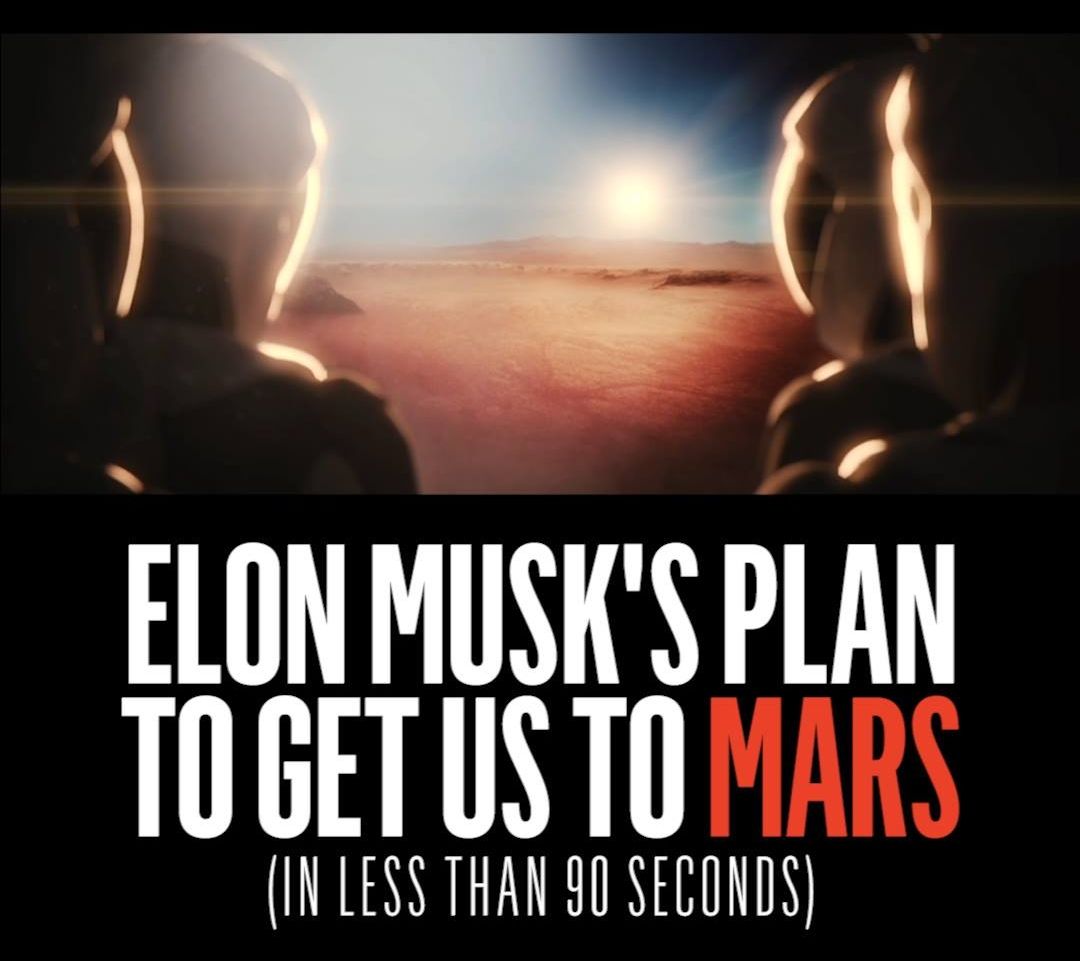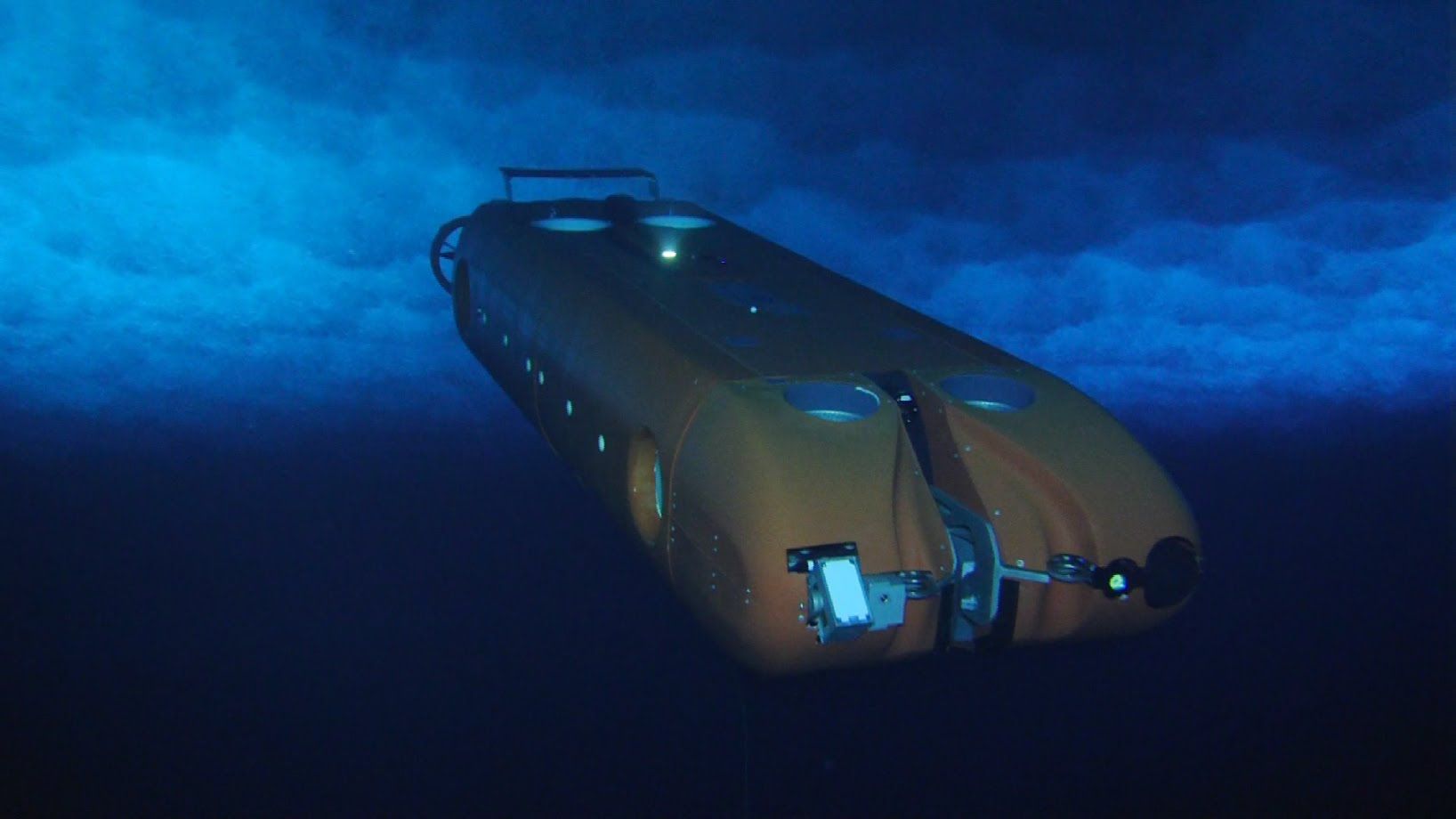The United Nations (UN) has announced its first ever official space mission, with the aim of giving developing countries the opportunity to conduct research in a microgravity environment.
The mission, which is intended to launch in 2021, will make use of a Dream Chaser spacecraft – a shuttle-like spaceplane that’s currently in development by American aerospace firm Sierra Nevada Corporation (SNC).
The focus of the mission is to give developing nations – many of which don’t have their own dedicated space operations or craft – a chance to develop and fly payloads for an extended duration in orbit.









